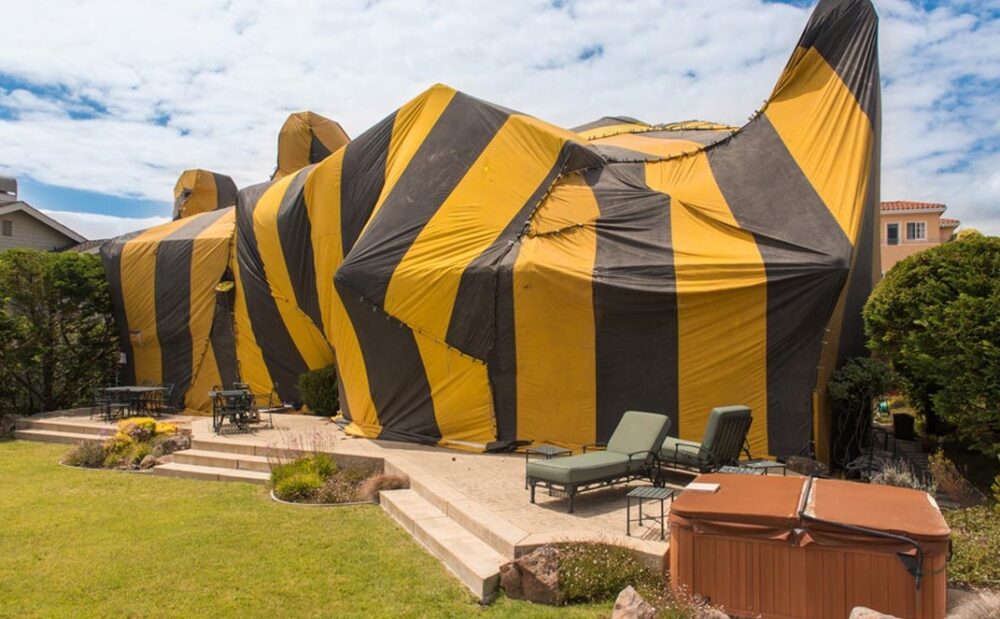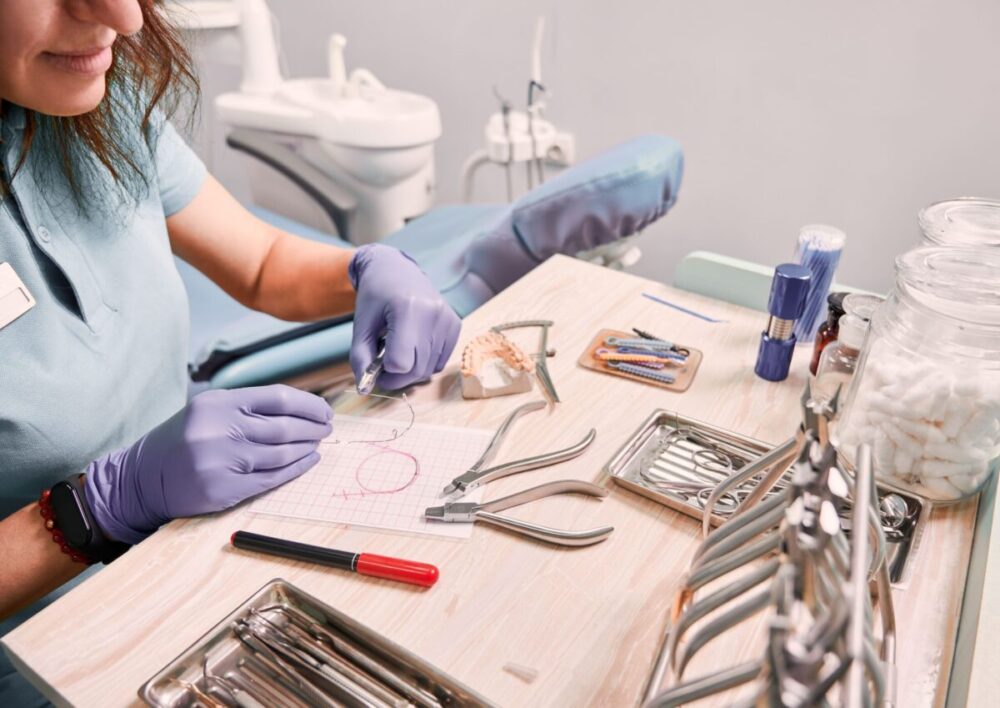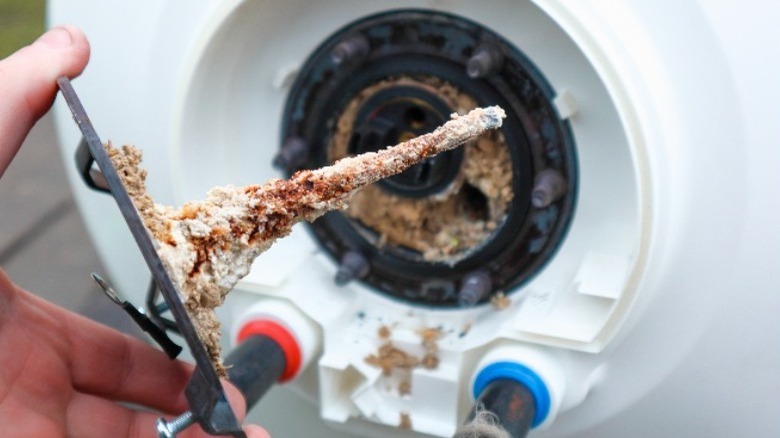Termite tenting, also known as structural fumigation, is a widely used method for eradicating termites from infested structures.
As the pest control industry evolves, staying updated with the latest trends and innovations in termite control is crucial for ensuring effective and safe treatments.
Traditional Termite Tenting Methods
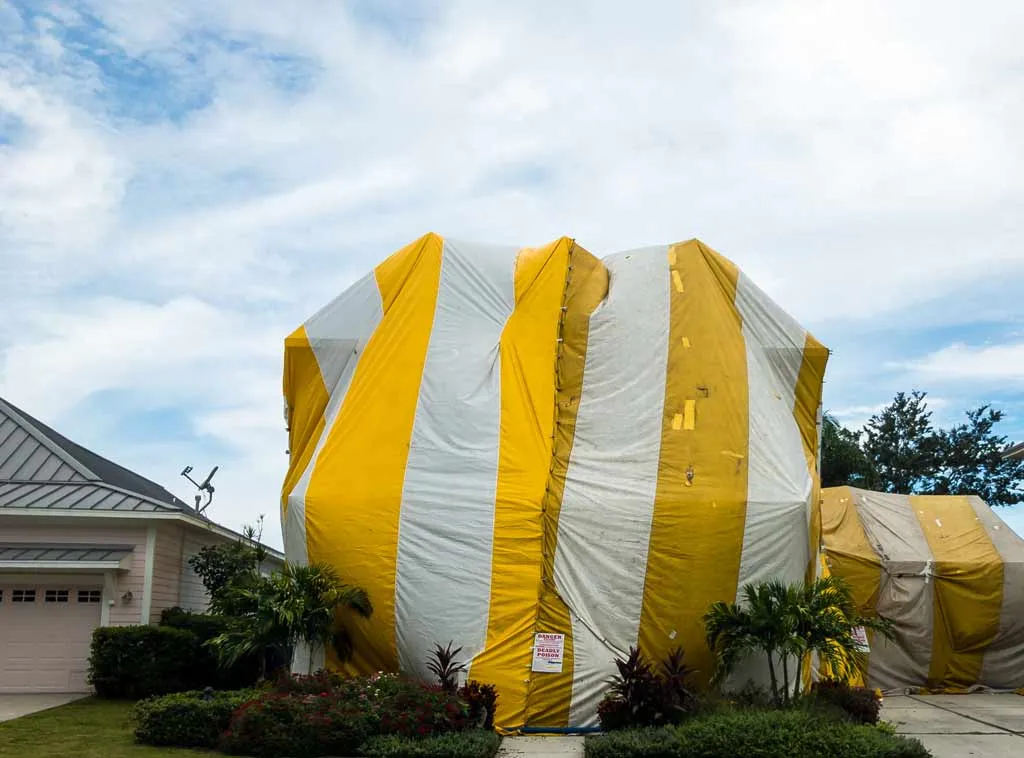
Termite tenting involves covering a building with a large tent and introducing fumigants to eliminate termite colonies. This method ensures that fumigants reach all areas of the structure, including hidden and inaccessible spaces where termites may reside.
Process Description
- Tent Erection: The building is sealed with a tent to create a controlled environment.
- Fumigant Application: Fumigants, such as sulfuryl fluoride and chloropicrin, are introduced into the tented structure.
- Aeration: After a designated exposure period, the tent is removed, and the structure is aerated to eliminate any remaining fumigant.
Common Chemicals Used
- Sulfuryl Fluoride: A highly effective fumigant known for its ability to penetrate wood and other materials.
- Chloropicrin: Often used as a warning agent due to its strong odor, ensuring that people stay clear of the fumigation site.
Safety Measures and Regulatory Requirements
Strict safety protocols and regulatory compliance are essential to ensure the safety of occupants, pest control professionals, and the environment.
Proper signage, protective equipment, and adherence to regulations are critical components of the termite tenting process.
Current Trends in Termite Tenting
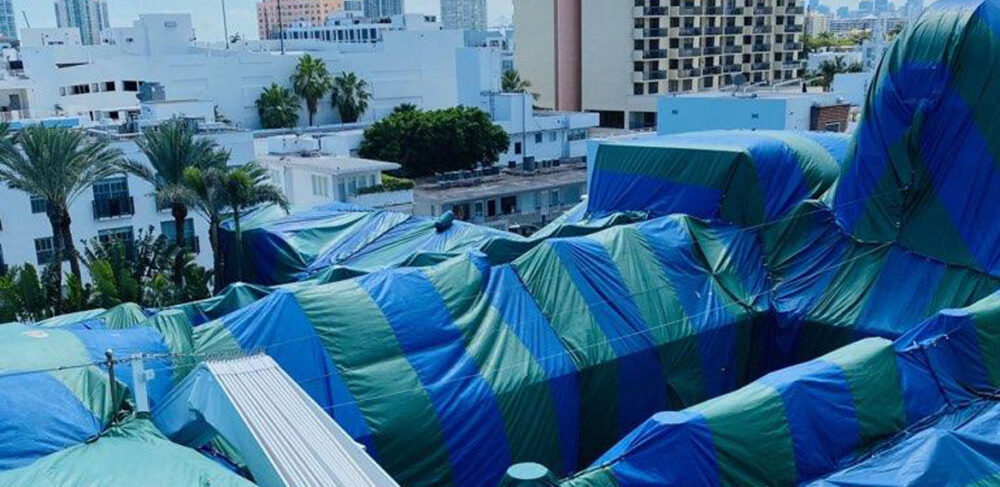
There has been a significant rise in the use of sulfuryl fluoride due to its proven effectiveness and safety profile. Other advanced fumigants are also being explored to enhance termite eradication.
Innovative tenting techniques have been developed to improve the containment and penetration of fumigants. These methods ensure that fumigants reach all areas of the structure more effectively, increasing the success rate of termite eradication.
Enhanced safety protocols have been implemented to ensure the well-being of all involved in the fumigation process. Continuous updates to regulatory requirements ensure that the industry maintains high standards of safety and effectiveness.
Monitoring Technologies
Advanced monitoring technologies are now used to ensure precise fumigant concentration and exposure time. These technologies help in achieving optimal results while minimizing the risk of overexposure.
Innovations in Termite Tenting
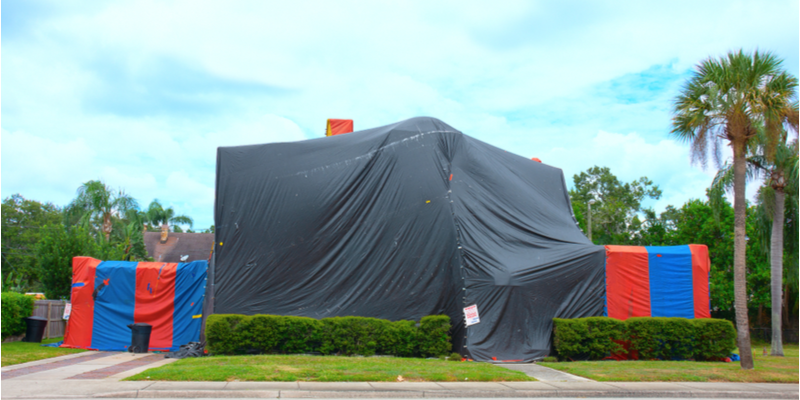
Integration of Advanced Materials for Tent Construction
New materials are being integrated into tent construction to improve durability and effectiveness. These materials are designed to withstand various environmental conditions and provide better containment.
Gas-Impenetrable Fabrics for Better Containment
The use of gas-impermeable fabrics enhances the containment of fumigants, ensuring that they do not escape during the fumigation process. This leads to more effective treatment outcomes.
Use of Drones and Other Technologies
Drones and other advanced technologies are being utilized for tent inspection and maintenance. These tools provide better access to hard-to-reach areas and improve the overall efficiency of the tenting process.
Introduction of Eco-Friendly Fumigants
Eco-friendly fumigants are being introduced to reduce the environmental impact of termite tenting. These new fumigants are designed to be effective against termites while being safer for the environment.
Enhanced Aeration Methods
Innovative aeration methods have been developed to reduce the aeration period and ensure the complete dissipation of chemicals. These methods help in minimizing the downtime for treated structures.
Challenges and Considerations
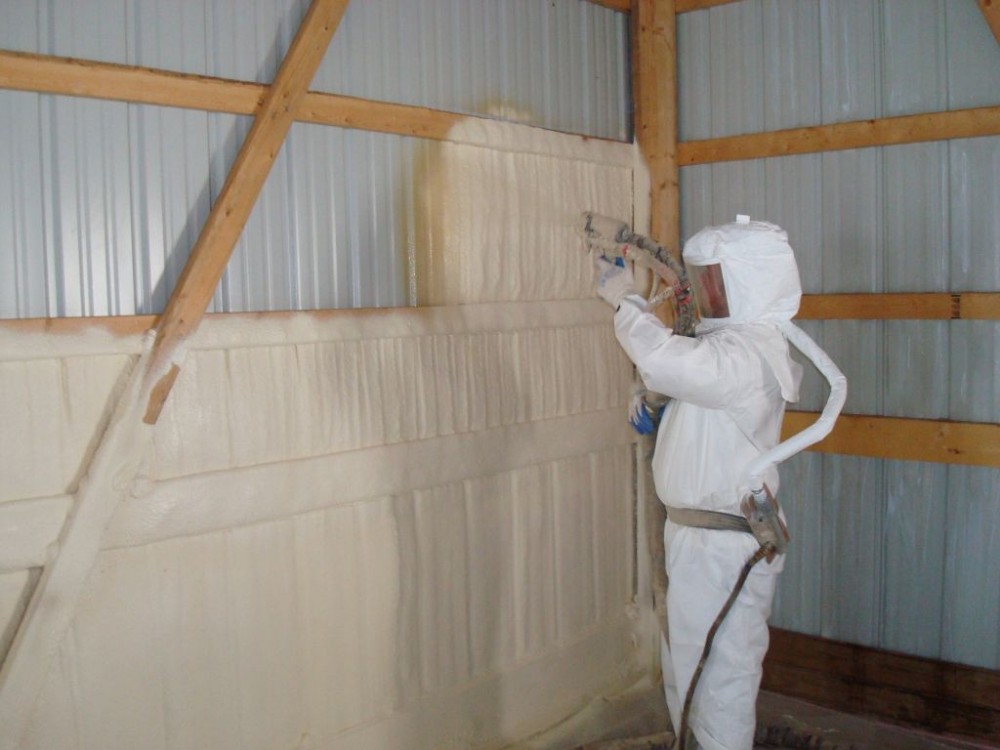
Homes with SPF insulation present unique challenges for termite tenting. The insulation can hinder the penetration of fumigants, making it difficult to achieve effective termite eradication.
Inspecting and fumigating homes with SPF insulation can be problematic due to the material’s properties. Additional steps and precautions are necessary to ensure thorough treatment.
SPF insulation can absorb fumigants, leading to extended aeration times. This can delay the safe reoccupation of the treated structure and requires careful management.
Regulatory Updates and Ongoing Research
Continuous updates to regulations and ongoing research are crucial to address the challenges associated with SPF insulation and other emerging issues. The industry must adapt to these changes to maintain high standards of termite control.
Achieving a balance between effective termite control, safety, and environmental sustainability is a key consideration. The industry is focused on developing methods and materials that meet all these criteria.
The Bottom Line
The latest trends and innovations in termite tenting focus on enhancing effectiveness, safety, and environmental sustainability. Advanced materials, monitoring technologies, and eco-friendly fumigants are at the forefront of these developments.

